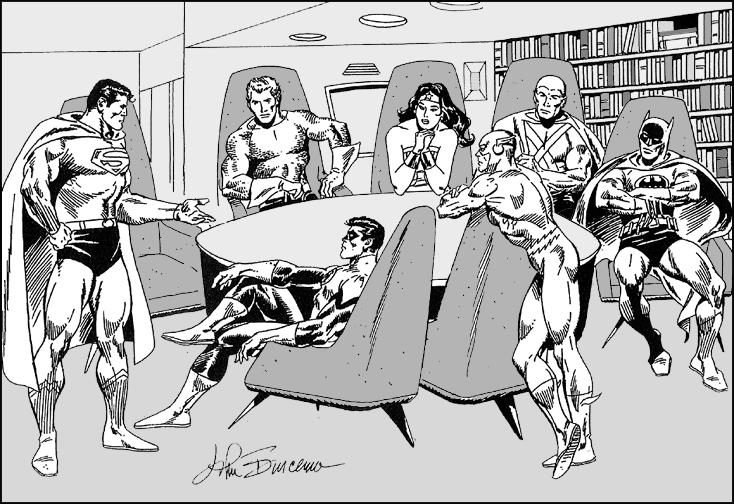In order to have a successful and credible Quality Management program, calibrations should be included as a key driver. Calibrations ensure fairness for your internal staff, from a strategy perspective, and help deliver a consistent customer experience. The goal of calibrations is to ensure that everyone who is responsible for call scoring is doing it consistently and fairly. This process validates the effectiveness of individuals evaluating agent performance and improving customer service. This blog offers tips on adding or revising calibrations as part of your Quality Management program.
- Choose your calibration type
There are different types of calibrations based on the infrastructure of your organization.
- Traditional: In this type of calibration, stakeholders gather in a room and evaluate selected recordings. A calibration leader then facilitates a discussion on the differences in scoring; working towards a low deviation. With the increase of remote employees and QM often being outsourced in the contact center, traditional calibration may not be ideal, so develop an approach that is best for your organization.
- Digital/Hybrid: In this type of calibration, the leader sends out call(s) in advance for participants to evaluate. All scoring is then measured and areas of opportunity are discovered based on the questions with most variance. Finally, all stakeholder participants gather on a call (or in a room) to overcome the differences and align with the scoring.
- Include your management
Management is driven by KPI’s and financials so it is important that other stakeholders understand their perspective and how call handling affects the bottom line. For the executives, listening to calls and understanding the opportunities and obstacles of the agent provides better insight into performance and the customer experience. Correspondingly, this valuable insight allows for executives to ensure business initiatives are in line.
- Include your agents
Agent empowerment is the new norm within many contact centers. Agent inclusion is a vital strategy for establishing agent buy-in and promoting self-improvement. Encourage your agents to voice their feedback, concerns, opinions, and front-line insights. When agents are able to identify “the good, the bad and the ugly” with call handling, it allows them to improve performance resulting in an optimal customer experience.
- Leverage your Quality Standards Definitions Document (QSDD)
Every successful quality management program should be founded on a QSDD. This document outlines, defines and provides examples for the questions on your evaluation form. Leveraging this document will help clarify deviations in scoring and reduce the calibration time which will increase knowledge synchrony.
- Be consistent with your calibration frequency
For maximum effectiveness, calibrations should be held consistently with an established frequency. Having a calibration once a month would be ideal for a mature quality management program that hasn’t had a lot of changes in form, QSDD or evaluators. More frequent calibrations are needed if there are changes to the program, new staff, or deviation percentages that fall out of the desired range set by your calibration or quality leaders.
- Calibrate with your customers
Traditionally, organizations manage their quality programs based on the drivers of the organization and not the expectations of the customer. These key business drivers are often not in line with customer expectations. For example, many quality forms require an agent to use the customer’s name three times during the call as a professional courtesy. Calibrating with your customers would help identify if this is something that they were really concerned about rather than something the business thinks the customer is concerned about. Customer calibrations can be done through small focus groups and various survey channels such as email, IVR and SMS questionnaires.
- Calibrate across all Channels
Businesses that have a multi-channel operating strategy should look implement a consistent message and customer experience across all channels. In order to ensure that all of these channels are operating consistently, they should be part of your quality management program and include calibrations. Following the guidelines for a voice calibration, chat, email, SMS, etc. can be substituted and calibrated to ensure that all stakeholders are in sync.
Staying in sync with your calibration process will make your quality program stronger and result in better performing, customer-centric agents. Being calibrated amongst all the various stakeholders allows for silos to be broken and creates consistency and fairness throughout the contact center. Externally, creating a consistent customer experience across all channels improves customer loyalty and advances your company brand.




